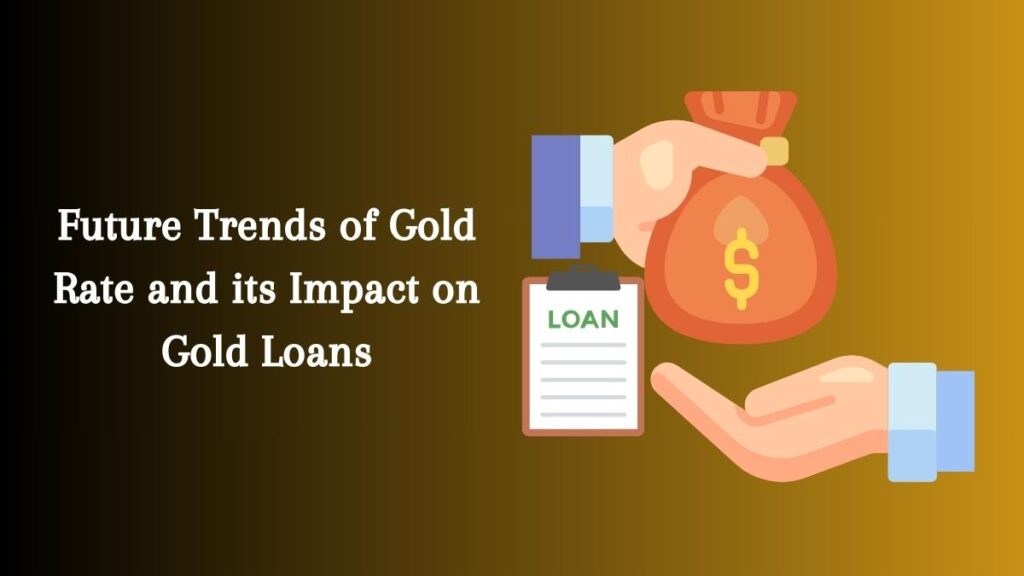Predicting the future trends of gold rates can be challenging, as they are influenced by a multitude of factors including economic conditions, geopolitical events, inflation, interest rates, and investor sentiment. However, I can provide some insights into potential factors that can influence gold rates and their impact on gold loans in the future.
1. Economic Conditions:
Gold rates tend to rise in times of economic uncertainty or recession. If the global economy faces challenges, investors may turn to gold as a haven, potentially driving up its price.
2. Inflation:
Gold has historically been seen as a hedge against inflation. If inflation rates increase significantly, the demand for gold may also rise, putting upward pressure on its price.
3. Interest Rates:
There is an inverse relationship between interest rates and gold prices. When interest rates are low, the opportunity cost of holding gold (which doesn’t pay interest) is reduced, making gold more attractive. Conversely, higher interest rates can lead to lower gold prices.
4. Geopolitical Events:
Geopolitical tensions and uncertainties can boost the demand for gold as a store of value. Any significant geopolitical events, such as conflicts or trade disputes, can impact gold rates.
5. Currency Fluctuations:
Gold is often denominated in U.S. dollars, and fluctuations in currency exchange rates can influence gold prices. A weaker U.S. dollar can lead to higher gold prices.
6. Supply and Demand:
The supply of gold is relatively stable, and changes in demand can have a significant impact on prices. Factors such as increased jewelry demand, industrial use, or changes in mining production can influence supply and demand dynamics.
7. Market Sentiment:
Speculative trading, market sentiment, and trends can also impact short-term fluctuations in gold prices.
Impact on Gold Loans:
The price of gold plays a crucial role in determining the value of collateral for gold loans. As the price of gold fluctuates, it can have several impacts on gold loans:
- Loan-to-Value (LTV) Ratios: Lenders typically use a Loan-to-Value ratio to determine how much money they can lend against the value of the gold. As gold prices rise, borrowers may be eligible for larger loans with the same amount of gold as collateral.
- Interest Rates: The interest rates on gold loans may be influenced by the price of gold. Lenders might adjust interest rates based on market conditions, including the price of gold.
- Default Risk: If gold prices fall significantly, borrowers may face the risk of their collateral being worth less than the loan amount. This can increase the risk of default for lenders.
- Renewal or Repayment: Borrowers may need to consider whether to renew their gold loans or repay them when the price of gold changes. A higher gold price may make it easier to repay the loan and retrieve the collateral.
Conclusion:
The future trends of gold rates are uncertain and subject to various economic and geopolitical factors. These trends will have a direct impact on gold loans, influencing the borrowing capacity, interest rates, and risk profiles for individuals taking out such loans. It’s essential for borrowers and lenders to closely monitor gold prices and adjust their strategies accordingly.



